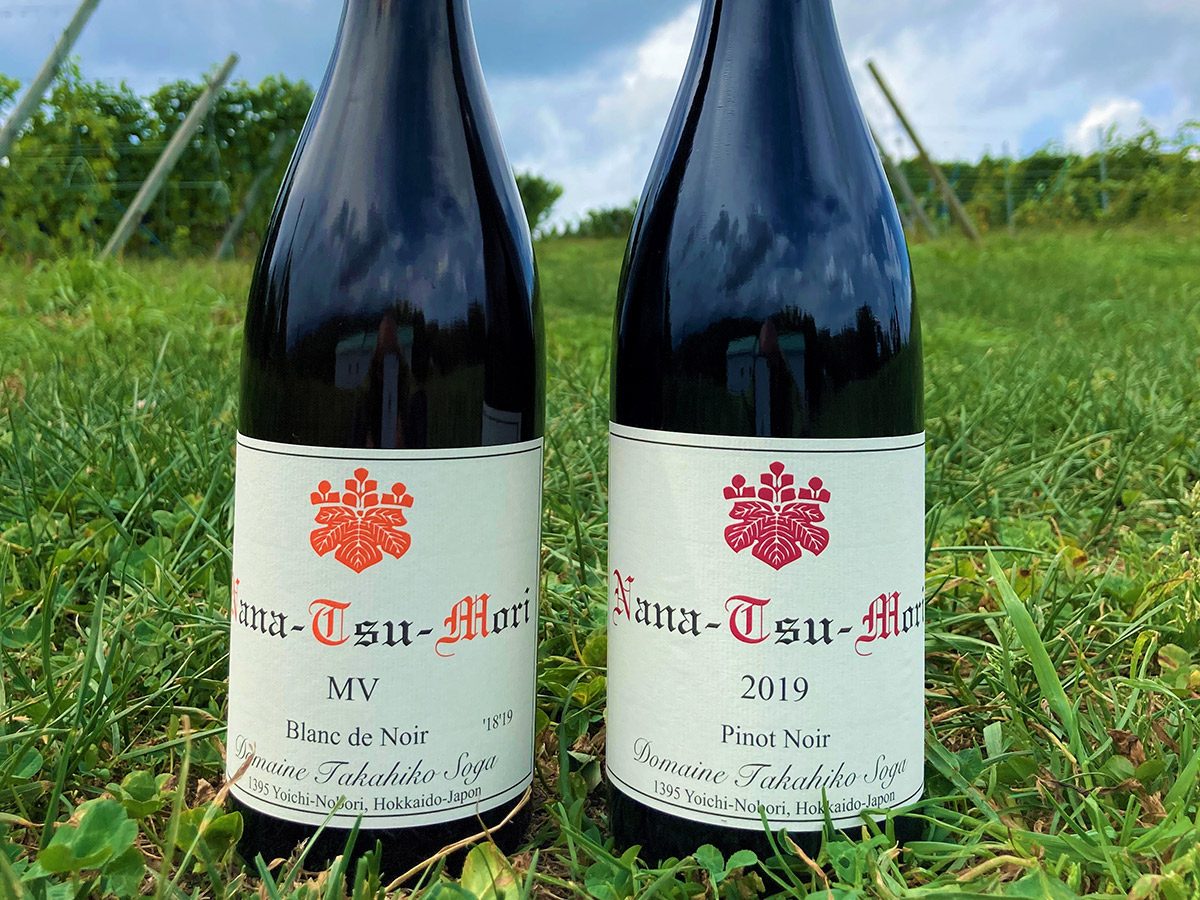Visiting
Domaine Takahiko
~Part I Introduction of the Winemaker~

1395 Noborimachi, Yoichi-chou, Yoichi-gun, Hokkaido
http://www.takahiko.co.jp/
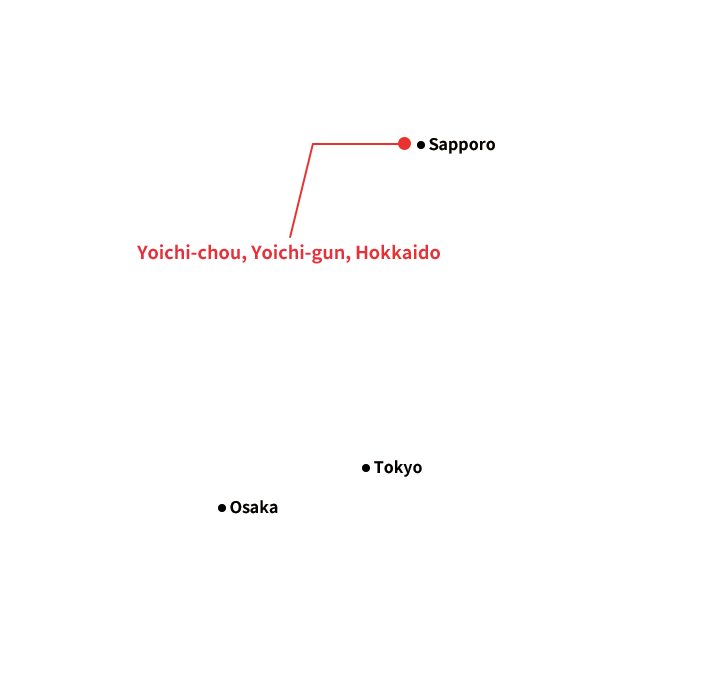
-
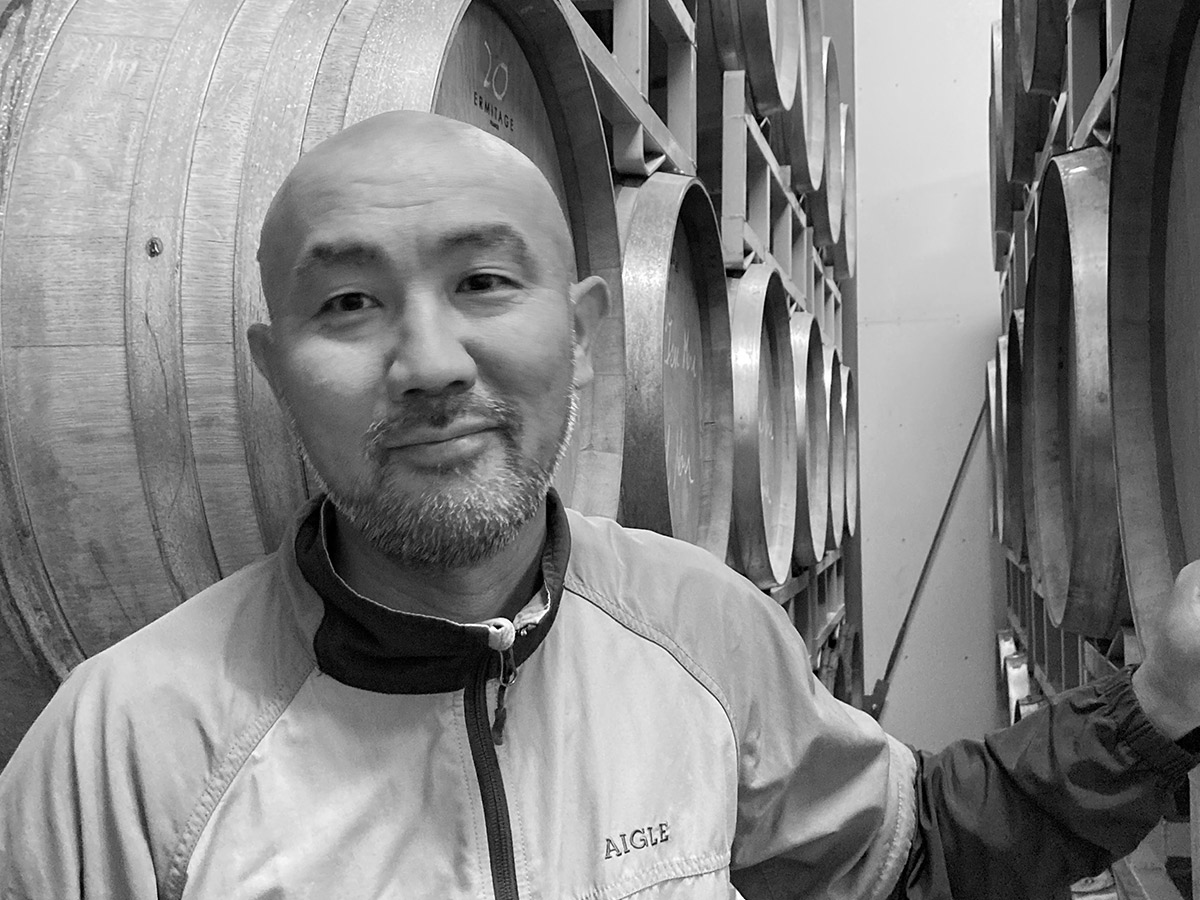
-
About
Mr. Takahiko SogaRepresentative of Domaine Takahiko
Mr. Soga was born as the second son of his father, owner of Obuse Winery, in Nagano. After studying oenology at Tokyo University of Agriculture, he went on to become a microbiologist while working at the university. However, he decided to join Coco Farm Winery after an invitation by Mr. Bruce Gutlove, a winery consultant he met during his university research days, and because he could not forget his fascination with wine. While working as a farm manager for 10 years, he traveled all over Japan and the world visiting wine regions. In 2010, he established Domaine Takahiko with the aim to make the wine he envisions. He has been making wines that focus on the distinctiveness of Japan, Japanese culture, and climate ever since. In recent years, he has also undertaken training and supporting new wine growers.
-
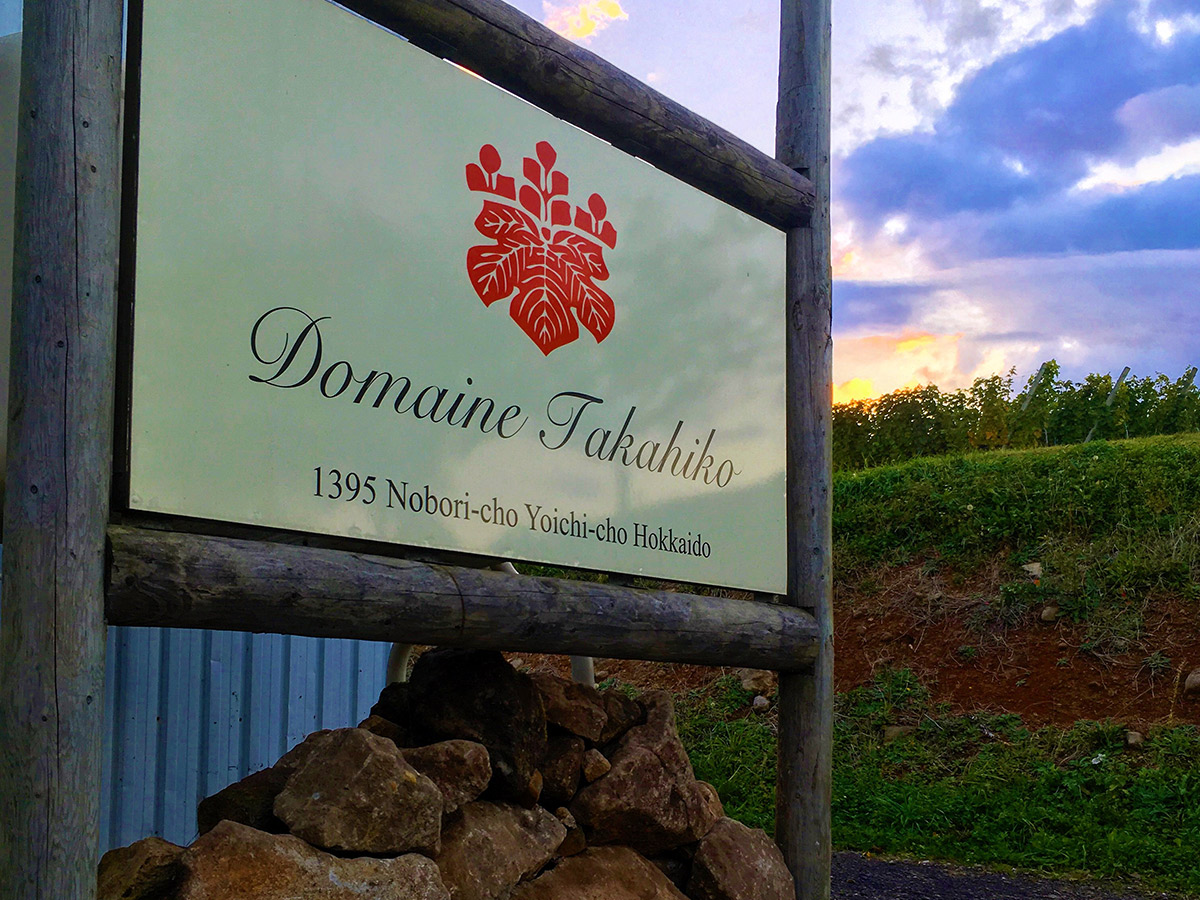
-
About Domaine Takahiko
Establishing a Winery to Express the Wine He Envisions
In the past, Mr. Soga aimed to make Pinot Noir wines a global standard. However, that direction changed when he encountered natural wines.
“Natural wine is not rich, but there is something that tickles the Japanese heart. I have come to my own conclusion that that something is umami. It is difficult to discern umami when the wine is full-bodied, but when it is light-bodied, it is easy. If I want to make a global wine, I have to aim for minerality and condensed fruitiness. The word ‘mineral’ itself is difficult for us Japanese to understand, but ‘umami’ is easy,” Mr. Soga said.
Mr. Soga began to think about the relationship between Japanese wine and umami. Global wines are generally made from grapes with small, concentrated fruit flavors. A Japanese farmer who produces large, fresh grapes, which have the opposite characteristics of wine grapes, said, “Why can’t you understand the greatness of Kyohou and Pione grapes, which are large but have great flavor and aroma?” This comment also encouraged Soga’s thinking.
“The direction I am heading is not toward something dense, but toward the subtle umami, complexity, and softness that comes from microbial-rich soil.” To express this idea, Mr. Soga established Domaine Takahiko in Yoichi-chou, Yoichi-gun, Hokkaido.
-
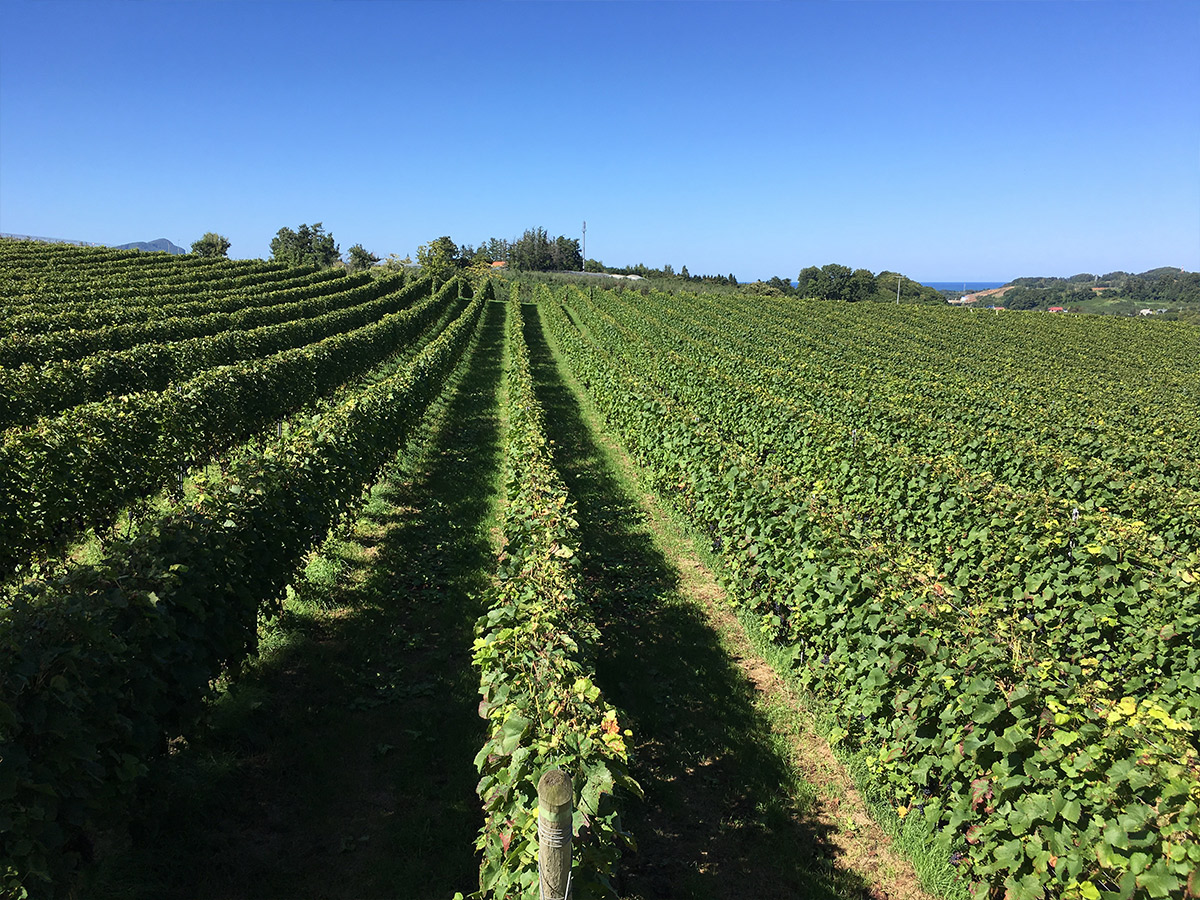
Domaine Takahiko’s Vineyard -
Cultivation, Winemaking, and Domaine Takahiko’s World View
At Domaine Takahiko, Pinot Noir is grown organically using a unique method based on the trellis system prepared in Champagne but adapted for the cold climate of Yoichi.
“The reason we are doing organic cultivation is partly to protect the environment, but also because it makes our winemaking easier. It is difficult to make wine with wild yeasts unless you grow organically. But that doesn’t mean we are fanatic about it. We are trying to continue organic cultivation in a reasonable manner so that other farmers around us can imitate and spread the practice.” Mr. Soga said.
Winemaking at Domaine Takahiko utilizes wild yeast, whole cluster fermentation, little to no SO2 addition, and natural fermentation as much as possible. Mr. Soga prioritizes umami over minerality, and respects delicate and complex forest-like aromas over fruitiness. His goal is to express to the world something similar to that of quality dashi, which is delicate yet deep, broad and lingering, and which beautifully expresses the four seasons of Japanese forests that reminds one of a small village near undeveloped woodland through bottle aging.
A Land with Rare Climatic Conditions
The vineyard is located on a hilltop 60 meters above sea level in Noborimachi, Yoichi-chou. The soil is volcanic clay mixed with weathered gravel and sand on top of andesite parent rock, all of which attributes to its good drainage. Due to the influence of warm sea water, Yoichi belongs to a relatively warm area in Hokkaido that experiences little rainfall. The special topography of the area, surrounded by capes and mountains, protects the vines from sea breezes and strong winds, and the dry wind blowing in from the foot of Mt. Yotei reduces diseases. In winter, powdered snow piles up more than a meter high, preventing frost damage. Despite these climatic conditions, they’re able to grow Pinot Noir at a place that’s rarely like any other winery in the world.
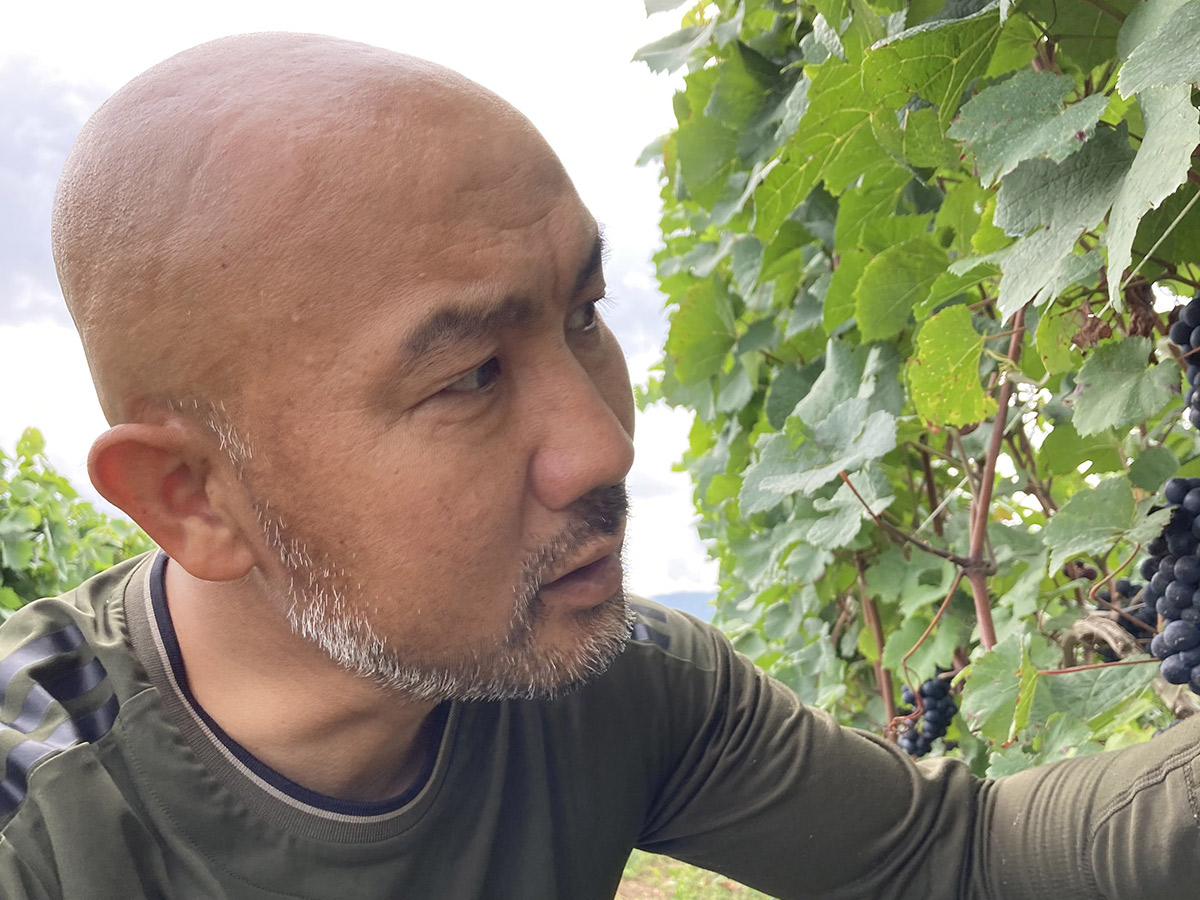
Basic Data
Wine Production Started: 2010
Own Vineyard Area: 4.6 ha
Number of Contracted Farmers: 2
Annual Production: 15,000 bottles
Grape Varieties: Pinot Noir (13 clones)


